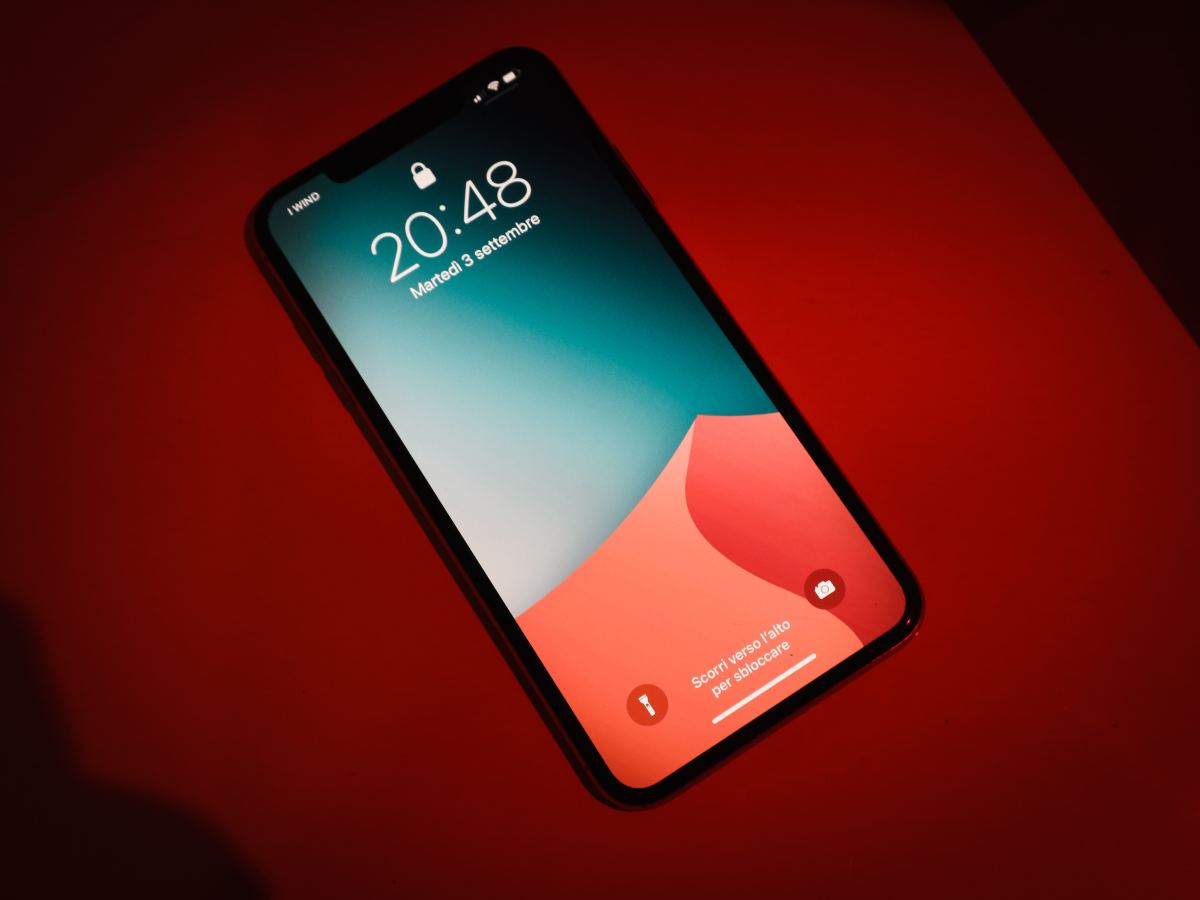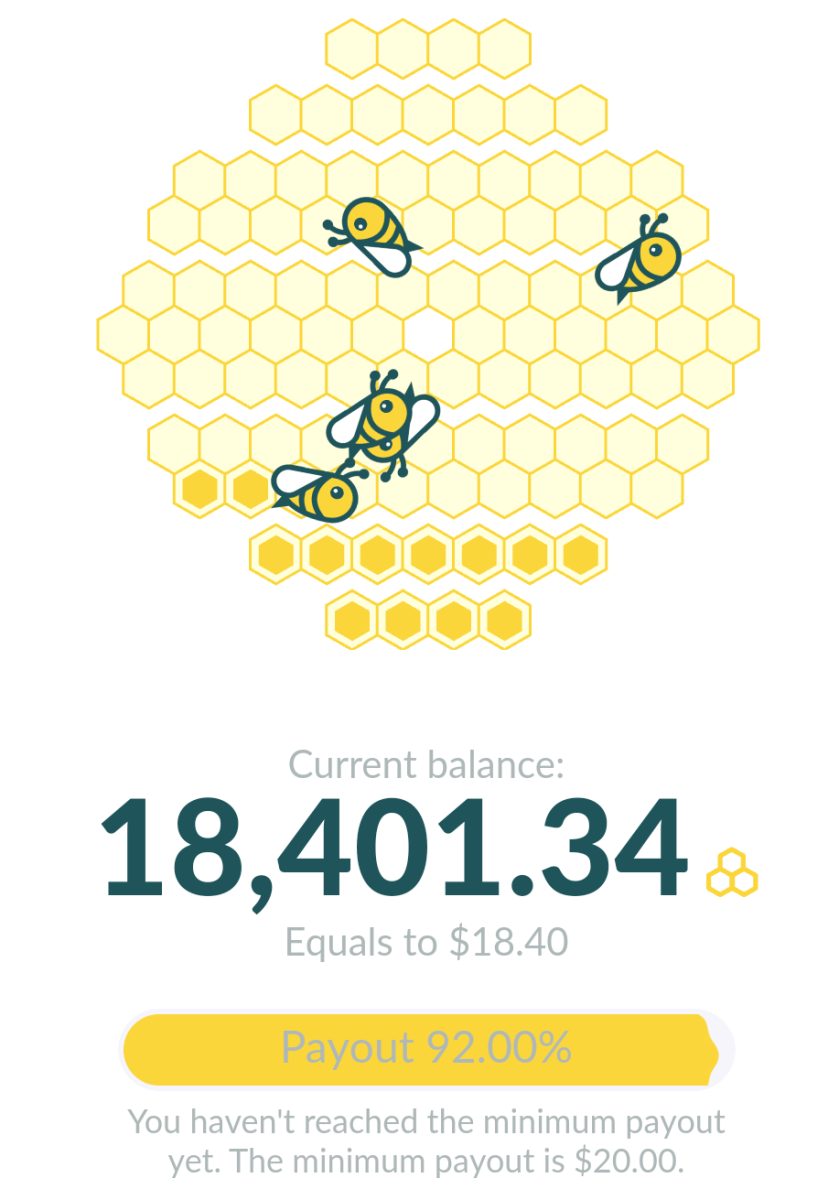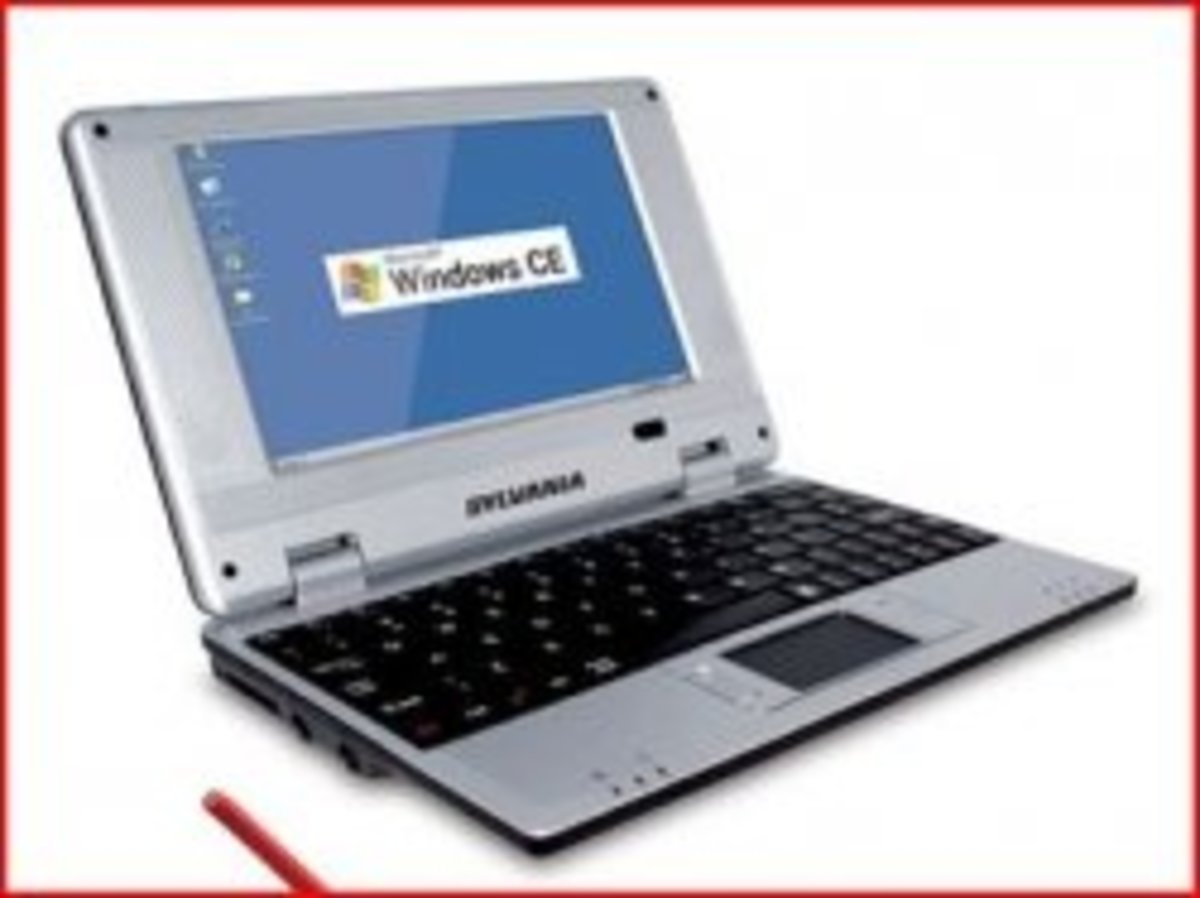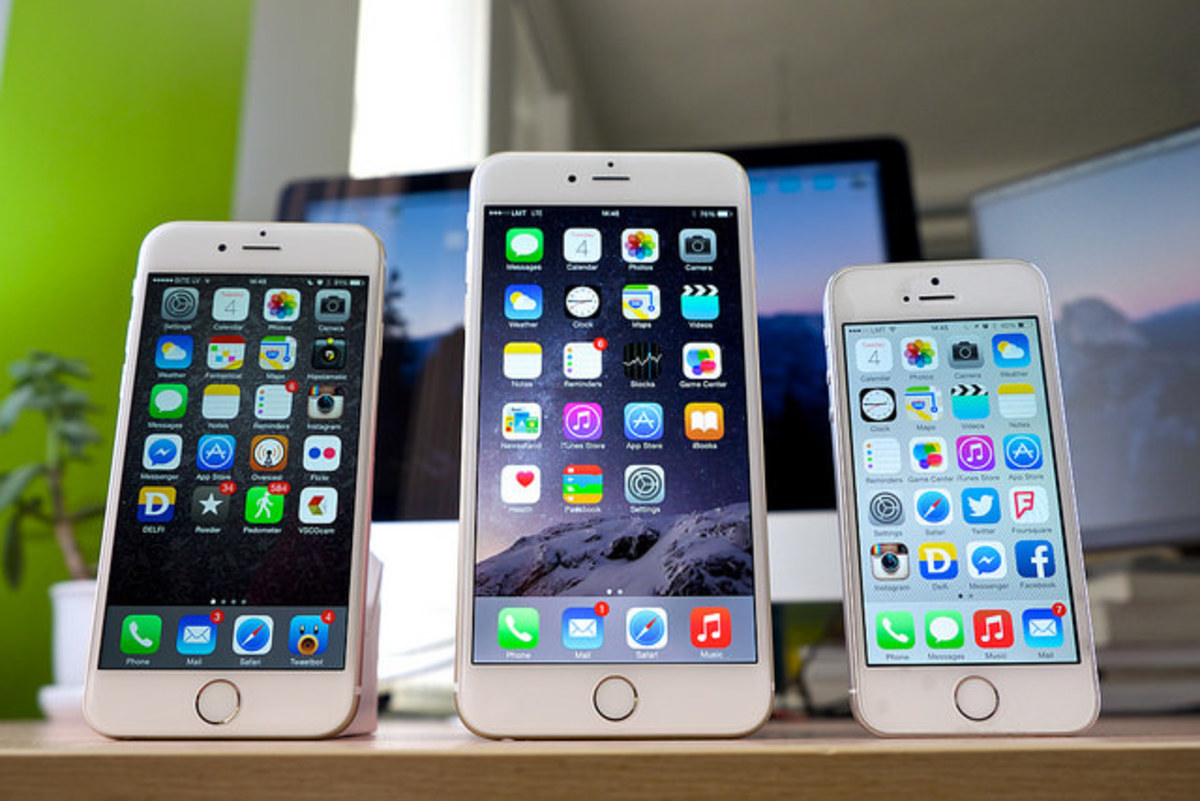Mobile Television Is Dead; Due to the Advent of Universal Mobile Telecommunications System Technology(UMTS).
Overview:
Just as with every year since 2006, 2010 is being touted as “the year of mobile television.” On the face of it, this prediction makes sense. The adoption of handsets capable of supporting mobile television is on the rise even in these cash-strapped times, there is more and more compelling content available for mobile platforms.
Despite all of these grounds for optimism, there is one fundamental problem with mobile Television in 2010: For all intents and purposes, the previous incarnation of services providing a mobile version of conventional “appointment” television is clearly flawed, with mobile broadcast services failing to reach any real commercial traction.
The seeds of mobile television’s almost inevitable decline were sown more or less at its inception with the emergence of 3G telephony. A number of trials and indeed subsequent services have proved the concept of 3G- based mobile television, but to date, there have been issues regarding quality and scalability. Sufficient high –bandwidth coverage is not consistent across networks even though progressive download and adaptive streaming techniques have improved the mobile viewing experiences.
There is a transformation that operators need to make so that they can catch the consumer everywhere-wherever consumers go they can connect to video. The convergence of mobile with Internet Protocol Television (IPTV) into a unified service delivery model will result in many more channels available for viewing on the mobile screen, something that offers both real value for users and a realistic business model for operators.
Fundamentally, this convergence will reshape the landscape of pay television. Mobile television is dead. Long live mobile video!
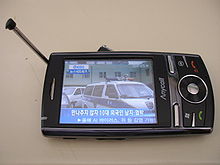
1. What is causing the demise of mobile television?
As mentioned above, the seeds of mobile television almost inevitable decline were sown more or less at its inception with the emergence of 3G telephony. History notes the Klondike-style rush by telecom operators to acquire 3G licences at the end of the 1990s and in the early part of the last decade.
Once the dust had settled and agreements which involved the billion-dollar licence had been signed, there remained one problem: How would providers offer services, which would go some way in paying back the licence fees, compelling enough for subscribers to pay extra for? Broadcast television seemed to fit the bill exactly.
Sadly it has never quite worked out. Fast-forward a decade and it is arguable that there have never, as yet, been any financially successful mobile television services deployed anywhere in the world. The industry has been beset by standards issues that have slowed down the launch of paid-for services; issues regarding network provisioning that have led to problems with the quality of experience; and, in Nigeria in particular, regulatory problems that seem designed to hinder market development.
There are five major mobile television standards in operation that can support paid-for services but, interestingly, none does so universally. The cost of rolling out a dedicated mobile television network, either as an overlay or extension to an existing mobile network is huge enough to deter only those with the deepest pockets. But why should a network overlay or extension be necessary in the first place? Shouldn’t 3G and even HSPA networks be able to cope with demand for mobile television by now?
2. The advent of universal mobile telecommunications system technology also known as 3 GSM:
For many years, television stations have been searching for a system that permits them to use mobile phones to contribute live image and audio. Why mobile phones? Because they are lightweight, everyday devices that nearly everybody carries. In case of breaking news, this would allow the journalist to get earlier images of an unexpected event, without the delay of waiting for an additional kit to arrive.
Up to now, the best that could be achieved was to store the images and then forward them to the television station in order to air them. Thanks to the advent of universal mobile telecommunications system technology also known as 3 GSM, it is now possible to send videos captured by handsets.

3. The 3G standard:
The third generation of mobile phones was developed to add multimedia features to what had been basically a voice device with limited data capacity. A 3G device supports circuit-switched connections for conventional phone calls and packet switching for data interchange.
One of the goals of the technology was to offer videophone capabilities. The 3G standard used in Nigeria is universal mobile telecommunications system (UMTS), which uses wideband code division multiple access (WCDMA) standard for transmissions. Each 5MHz channel can support data rates of 384kb/s to a handheld phone, with the possibility of downloads up to 3.6Mb/s.
The 3G phone offers basic services such as voice, e-mail and short message service, but the higher data capacity of the network adds multimedia applications such as multimedia messaging service (MMS). The devices support video downloads and have integral cameras. All the necessary tolls are present in a 3G system to use the device as a remote video camera. Aside from the device and radio systems, what is needed for news gathering is an underlying core to bring together the technologies.
4. IP Multimedia Subsystem (IMS):
The IP Multimedia Subsystem (IMS) allows users to deliver multimedia data across a common core across fixed, cellular or wireless broadband networks. One of the best-known features of IP Multimedia Subsystem(IMS ) is pushing to talk. Users can move sessions seamlessly between a fixed office phone and a mobile phone.
In an IP Multimedia Subsystem(IMS) session, video and audio can use different carriers, so the voice can use a public switched telephone network (PSTN) and the video can be transmitted via universal mobile telecommunications system. That way, the entire universal mobile telecommunications system bandwidth can be dedicated to video, achieving a higher picture quality. It is this feature that is used to backhaul video and audio from the phone.
One example of a mobile device with this capability enables a 3G handset to deliver live video and audio inserts. The technology used in the mobile device was developed by Motorola using IP Multimedia Subsystem(IMS).
5. The Server:
The broadcaster routes incoming feeds from the 3G devices to a special server, which saves all of them to hard disk for possible to use afterwards. It then converts the selected feed to a standard video signal (SDI, PAL, NTSC, etc.) in real time for live insertion into a television program.
With this software, traditional equipment (satellite links, cameras and vans) is not necessary to obtain the first images of an event. Using an everyday device- the mobile phone is sufficient. And with only 64kb/s, the quality is more than acceptable, and as the quality will improve as carriers deploy higher bandwidths.
It is necessary to point out that this system also works with video call and with the coming mobile technologies, such as high-speed downlink packet access (HSDPA) and high-speed uplink packet access (HSUPA).
6. The mobile device is made up of two parts:
The mobile device is made of two parts: the phone, which sends the video and audio, and the server, which receives them and converts them into a video signal in real time. For a reporter to use this system, the handset must be in a universal mobile telecommunications system (UMTS) coverage zone, and the server must be connected to the Internet using a public / fixed Internet Protocol.
The phone uses IP Multimedia Subsystem (IMS) to send the video at the same time the audio is sent through the public switched telephony network ( PSTN ). This allows the full available uplink bandwidth is used to send the video, and therefore receiving a higher quality. The signal reaches the server via the Internet.
The base-station server has a capacity to record six calls, waiting to be accepted. An operator can switch between the six calls and then take one to air.
This combination of 3G/universal mobile telecommunications system (UMTS) and IP Multimedia Subsystem (IMS) technology means that television stations now have a powerful system to help them get breaking news to air quickly simply by using a mobile phone.
7. Some issues as regards to the 3G- based mobile television:
- A number of trials and indeed subsequent services have proved the concept of 3G-based mobile television, but to date there have been issues regarding quality and scalability.
- Sufficient high-bandwidth coverage is not consistent across networks even though progressive download and adaptive streaming techniques have improved the mobile viewing experience.
- Evidence also suggests that the average number of live video sessions that a typical mobile cell can support is low; some claim as little as 10 per cell when taken over an entire network.
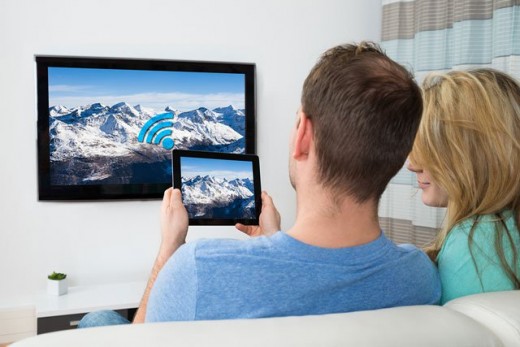
8. Traditional broadcasting and internet television protocol(IPTV):
What we referred to as the traditional broadcasting space was characterized by one-way information push models. It has been the domain of broadcasters and cable operators. It is the largest segment in terms of revenue and subscribers but is showing signs of slow growth, or even decline, as other models take hold.
The users of open Internet platforms are growing at significantly faster rates.That is while these providers claim the largest number of subscribers,
Many telecom operators are also focusing on offering television and video services. Most of them are investing in Internet Protocol Television (IPTV), where video content is transmitted using the Internet Protocol (IP) over the closed network of an IPTV provider who has configured it so that viewers can receive only the provider’s television channels.
Until now, many operators have focused on offering the same television channels and the same type of content as their competitors offer.
Currently, most internet protocol television (IPTV) services are based on subscriptions and video-on-demand (VOD) charge.
© 2017 ODEWOYE FRANCIS SUNDAY

